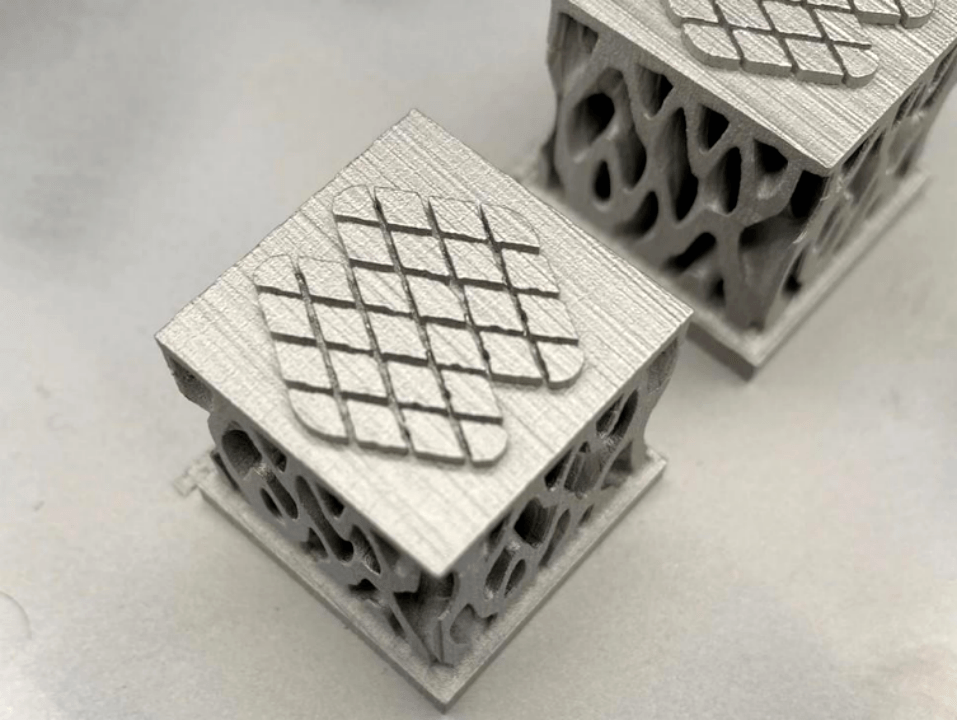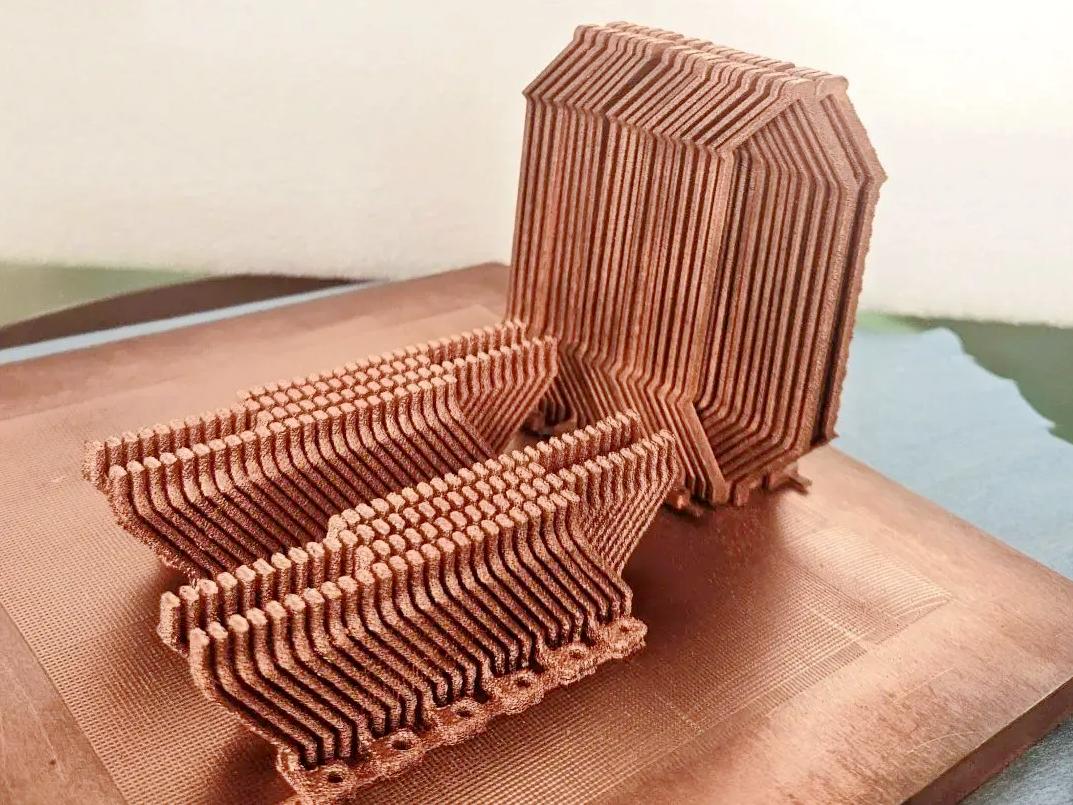What copper materials are commonly used in Selective Laser Melting (SLM)?
What Copper Materials Are Commonly Used in Selective Laser Melting (SLM)?
Overview
Selective Laser Melting (SLM) enables the additive manufacturing of copper components with high electrical and thermal conductivity, making it suitable for complex parts in electronics, thermal management, and RF applications. Due to copper’s high reflectivity and thermal conductivity, processing requires optimized parameters and, in many cases, green or high-power infrared lasers to achieve full density.
Common Copper Materials for SLM
Copper C101 (Oxygen-Free High Conductivity)
Electrical conductivity: >100% IACS
Thermal conductivity: ~390–400 W/m·K
Excellent for inductors, heat exchangers, antennas, and connectors in electronics
Oxygen-free formulation ensures superior conductivity and minimal inclusions
Copper C110 (Electrolytic Tough Pitch)
Electrical conductivity: ~97–100% IACS
Thermal conductivity: ~385 W/m·K
Good corrosion resistance and moderate mechanical strength
Suitable for bus bars, coil windings, thermal plates, and EMI shielding structures
CuCr1Zr (Copper-Chromium-Zirconium Alloy)
Electrical conductivity: ~75–85% IACS
High strength and thermal stability after heat treatment
Used in high-load heat exchangers, electrode holders, and cooling systems for tooling and power electronics
Better printability and mechanical performance compared to pure copper
GRCop-42 (Cu-Cr-Nb Alloy)
Developed for high-heat aerospace and rocket engine components
Superior creep resistance and thermal conductivity at elevated temperatures
Applied in combustion chambers, nozzles, and thrust chamber liners
Customer-Oriented Solutions and Services
To support copper part development with SLM, we provide:
3D Printing Technologies:
Leverage Copper Alloy 3D Printing using optimized SLM parameters for high-density, high-conductivity parts.
Material Options:
Electronics and Thermal Applications:
Explore high-performance use cases in consumer electronics, energy systems, and aerospace, enhanced by CNC machining and surface treatment.



